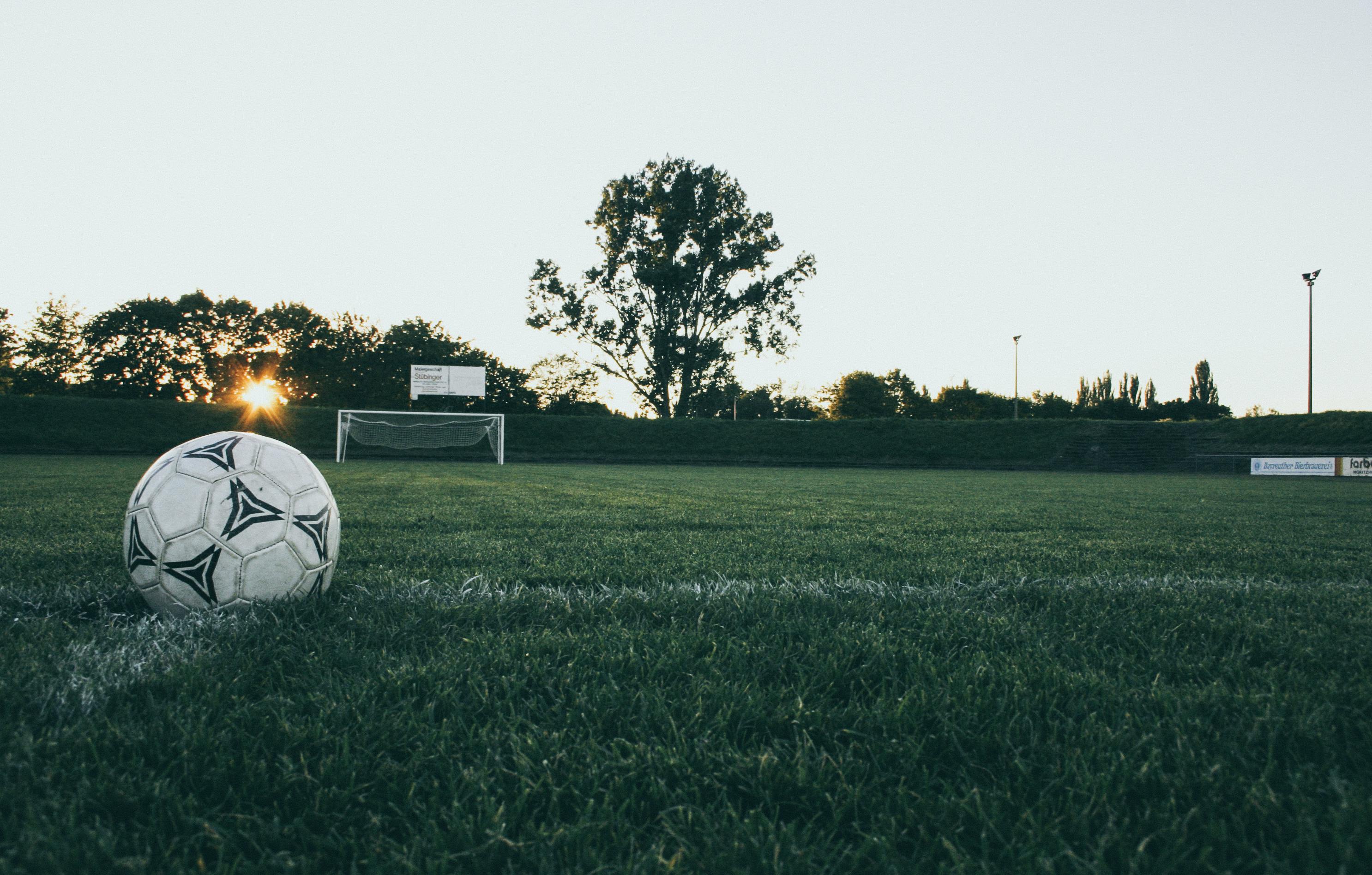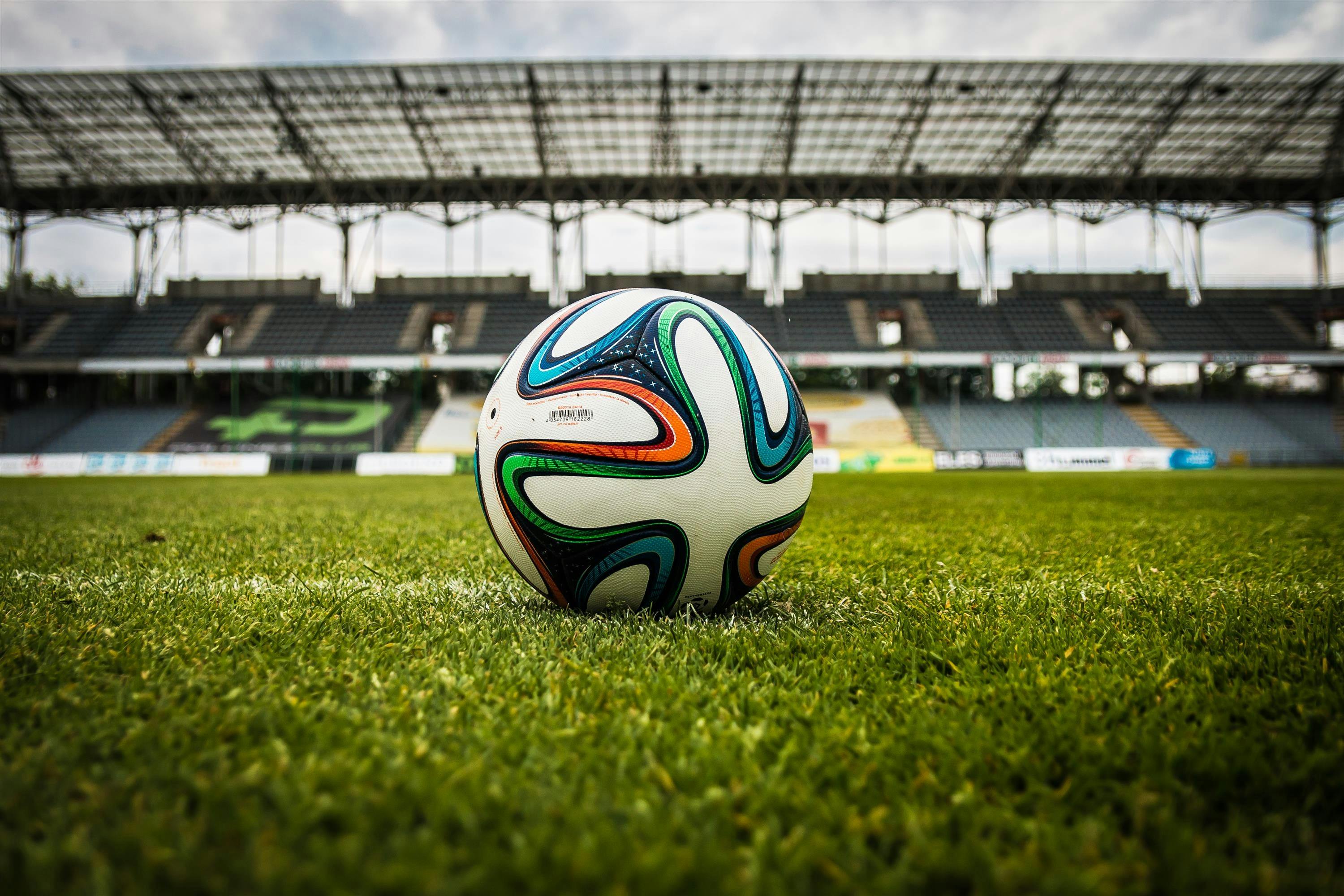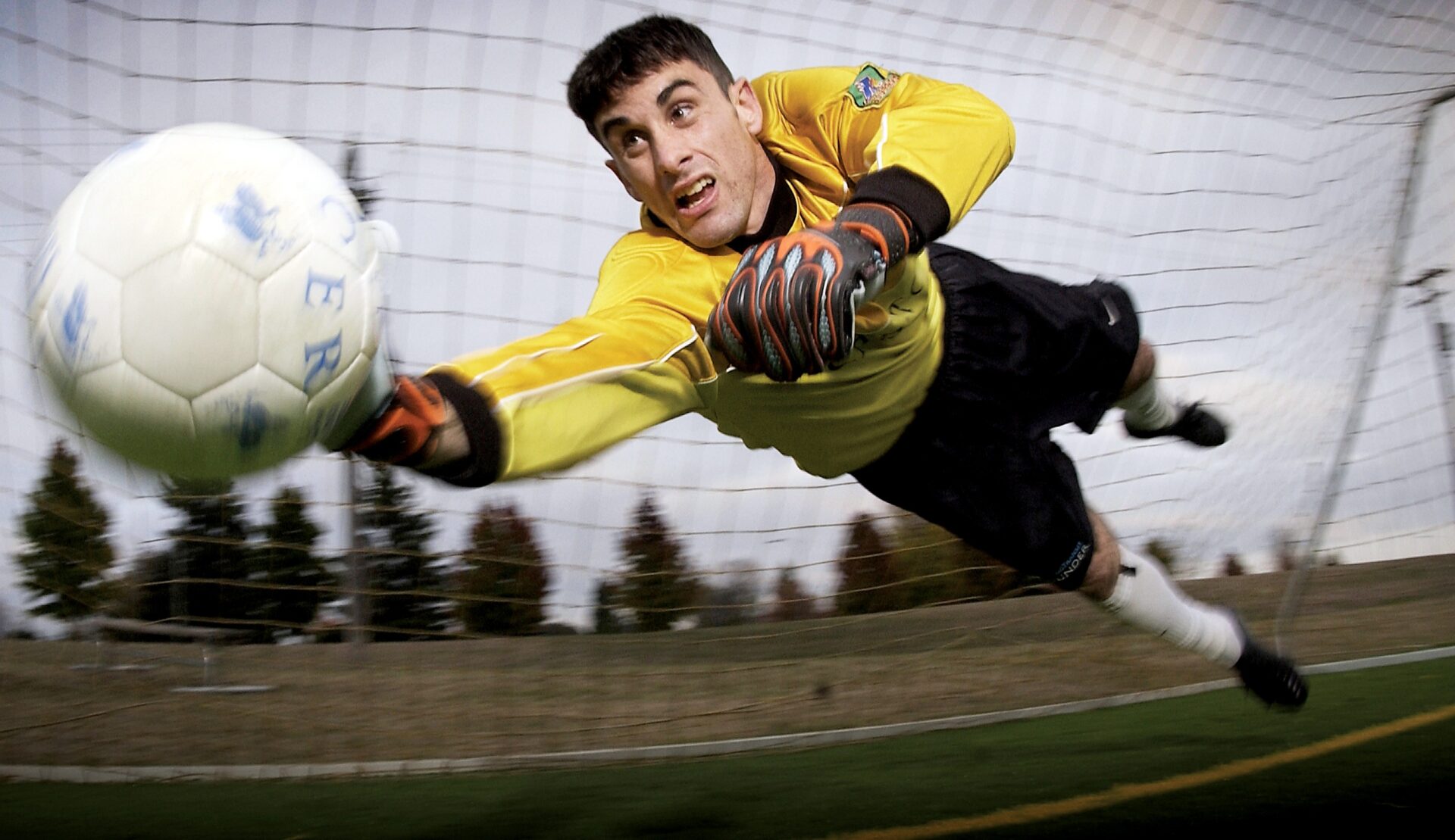A soccer ball is an essential piece of equipment for any soccer game. The size of a soccer ball can vary depending on the age group playing, but the official size for a regulation soccer ball is between 27-28 inches in circumference and is usually filled with air. Soccer balls are also available in various sizes for recreational play as well as for professional competition.A soccer ball is usually a sphere with a circumference of 68–70 cm (27–28 in) and a weight of 410–450 g (14–16 oz).
How to Measure a Soccer Ball?
Measuring a soccer ball can be done in two ways: circumference and diameter. The circumference of a soccer ball is the total distance around the ball, while the diameter is the distance from one side of the ball to the other through its center. Both measurements are important when it comes to purchasing a soccer ball or determining if it meets standard requirements. Knowing how to measure a soccer ball accurately can help ensure that you get the right size for your needs.
The first step in measuring a soccer ball is to measure its circumference. To do this, start by placing the end of a measuring tape at one point on the side of the ball. Wrap it around the entire circumference of the ball and mark where it meets back up with itself. Measure this distance with your ruler or measuring tape and write down your measurement in inches or centimeters, depending on which unit you are using.
Next, measure the diameter of the soccer ball by placing one end of your ruler or measuring tape at one side of the center point and stretching it across to meet up with itself on the other side. Note down this measurement as well, either in inches or centimeters depending on what you are working with. The two measurements together – circumference and diameter – should give you an accurate idea of what size soccer ball you have.
It is important to remember that different types of balls may have different sizes, so make sure that you always double-check your measurements against any requirements set forth by official leagues and organizations. Additionally, if you are purchasing a new soccer ball, be sure to check its size against any guidelines set forth by manufacturers.
Knowing how to measure a soccer ball properly can help ensure that you get exactly what you need for any game or practice session. With just a few simple steps, anyone can measure their own soccer balls accurately and quickly so they can get out onto field in no time!
Is the Size of a Soccer Ball Regulated?
Yes, the size of a soccer ball is regulated and there are several standards that must be met. The official size and weight of a soccer ball is determined by the International Football Association Board (IFAB). According to IFAB, a regulation soccer ball must be 28 to 28.5 inches in circumference and weigh between 14 and 16 ounces. For youth players, the size of the ball must be appropriate for their age group. For instance, a size 4 ball is used for players under 8 years old while a size 5 ball is used for players 8 to 12 years old.
The IFAB also regulates additional features of the soccer ball, such as its shape, material construction, and surface design. The shape of a regulation soccer ball is spherical with an even surface consisting of 20 hexagonal panels that are stitched together. The material construction must include an inner lining and outer casing composed of either leather or synthetic materials. Lastly, the surface design must include 12 black pentagonal shapes along with 20 white hexagonal shapes that are evenly distributed across the surface of the soccer ball.
In summary, the size, shape, material construction, and surface design of a soccer ball are all regulated by IFAB in order to ensure consistent performance and safety standards for both recreational and professional play.
Size of a Soccer Ball
The size of a soccer ball can vary depending on several factors. These include the age group of the players, the size of the field, and the type of ball being used. The official FIFA size 5 soccer ball is the most commonly used, but there are also smaller sizes for younger players, as well as larger sizes for adult players. In order to select the right size soccer ball for any given situation, it is important to understand each of these factors and how they can affect the overall size of the ball.
Age Group
The primary factor influencing the size of a soccer ball is usually the age group of the players. For younger children, smaller balls are usually used due to their smaller hands and feet. The official FIFA size 3 soccer ball is commonly used for children aged 8 and under, while size 4 balls are used for those aged between 8-12 years old. On the other hand, older children and adults typically use a standard FIFA size 5 soccer ball.
Size Of Field
The size of field can also affect what type of soccer ball should be used. Smaller fields typically require lighter balls that can be more easily kicked around in tight spaces. On larger fields however, heavier balls may be necessary in order to maximize distance during passing or shooting drills. In addition, larger fields may require larger sized goals that can accommodate a standard FIFA size 5 soccer ball.
Type Of Ball
The type of soccer ball being used can also influence its overall size. For example, some professional level matches may use heavier balls that are designed to retain their shape over long periods of time in order to maximize accuracy during play. On the other hand, recreational leagues may opt for lighter balls that are easier to control and more forgiving when it comes to mis-kicks or shots off target.
In conclusion, several factors can affect the overall size of a soccer ball including age group, field size and type of ball being used. By understanding each factor and selecting an appropriate sized ball based on these criteria, it is possible to ensure that play is fair across all levels regardless of player age or skill level.
The Most Popular Sizes for a Soccer Ball
Soccer balls come in a variety of sizes, ranging from small to large. While the official size of a soccer ball is determined by its circumference, the most popular sizes are typically between 5 and 5.5 inches. The smaller size is usually used by younger players, while the larger size is preferred by more experienced players. Choosing the right size soccer ball can make a significant difference in the game.
Smaller soccer balls are lightweight and easier to control for young players, making them ideal for developing skills. They are also easier to store and transport than larger balls. On the other hand, larger soccer balls are typically heavier and more durable, making them ideal for competitive play. The larger size also allows experienced players to kick the ball further with greater accuracy.
When shopping for a soccer ball, it’s important to consider what size will best suit your needs. If you’re just getting started with soccer or playing recreationally, then a smaller ball may be the best choice. However, if you’re looking for something that will stand up to competitive play or training drills, then it may be better to go with a larger ball.
No matter what size you choose, make sure that it meets all safety standards and is approved for use by your local governing body. This will ensure that your soccer ball performs at its highest level and keeps you safe during playtime!

Different Sizes of Soccer Balls for Kids
Soccer is a popular sport among kids and adults alike. It is a great way to stay active and have fun. In order to play soccer, you need the right equipment, including a soccer ball. Soccer balls come in many different sizes, each designed for a specific age group or skill level.
The most common size of soccer ball is the size 4 ball, which is used for players aged 12 and up. It has a circumference of 27-28 inches and weighs 14-16 ounces when inflated. This size of ball is perfect for competitive play, as it is large enough to be kicked around without being too heavy or cumbersome.
Size 5 balls are slightly larger than size 4 balls and are typically used by adult players or older youth players who have developed their skills sufficiently to be able to handle the larger size ball. The circumference of a size 5 soccer ball is 28-29 inches, and it weighs 16-18 ounces when inflated.
For younger players who are still developing their skills, there are smaller sizes available such as size 3 and 2 balls. Size 3 balls have a circumference of 24-26 inches and weigh 11-12 ounces when inflated, while size 2 balls have a circumference of 22-23 inches and weigh 9-10 ounces when inflated. These smaller sizes are perfect for practicing basic skills such as dribbling, passing, shooting, etc., without the added weight or bulk of larger soccer balls.
Finally, there are mini soccer balls which come in sizes 1 and 0 that are perfect for very young children who may not yet be ready to handle the weight or bulk of traditional sized soccer balls. Mini soccer balls can also be used as training aids in drills due to their small size and light weight.
In conclusion, there are several different sizes of soccer balls available for kids depending on their age and skill level. From the mini sized 1 & 0 up through the standard sized 4 & 5 there is something that fits every player’s needs regardless of age or skill level!
How Big is a Regulation Size Soccer Ball?
A regulation size soccer ball is typically between 27 and 28 inches in circumference and weighs between 14 and 16 ounces. The exact size of a regulation ball varies from league to league, but the majority of leagues use a size 5 soccer ball which has a circumference of 27-28 inches. This size is used in both professional and amateur soccer leagues throughout the world. The weight of the ball also varies slightly, with professional soccer balls weighing slightly more than amateur balls.
The size and weight of a regulation soccer ball can have a significant impact on the game itself. A heavier or larger ball can make it difficult for players to control and shoot accurately, while a lighter or smaller ball can be more easily manipulated by players. The shape of the ball can also affect its performance, with rounder balls providing more stability than less spherical balls. All these factors must be taken into consideration when determining the appropriate size for any particular game or tournament.
It is important to note that there are no hard and fast rules when it comes to choosing the right size for a particular game or tournament, as it ultimately comes down to personal preference. However, it is generally accepted that a standard regulation-size soccer ball should provide an adequate level of control and performance for most players. Ultimately, it is up to each individual player or team to decide which type of soccer ball best suits their playing style and preferences.
Standard Dimensions for a Professional Soccer Ball
Soccer balls used in professional matches must adhere to certain standards in terms of size, weight, and materials. The ball must have a circumference of between 68 cm and 70 cm, and it must weigh between 410 g and 450 g. These measurements are established by the International Football Association Board (IFAB) to ensure that balls used in competitive matches are consistent.
To create a standard soccer ball, manufacturers use synthetic leather or polyurethane for the outer cover. This material is designed to be both durable and water-resistant so that it can withstand wear and tear during a match. The inner lining of the ball is often made with a latex bladder or butyl rubber bladder, which helps maintain the shape and air pressure of the ball during play.
The threads used to stitch up the ball must also be consistent with IFAB regulations. Manufacturers typically use nylon or polyester stitching to ensure that all panels are securely attached. Any stitching done on soccer balls sold for use in professional matches must be even and secure to ensure that the ball remains in its proper shape throughout a match.
Overall, professional soccer balls need to meet strict standards set forth by IFAB regulations when they are created. To meet these standards, manufacturers need to be sure that their soccer balls are constructed with materials that will stand up against wear and tear over time while also being able to retain air pressure during play.

Conclusion
A soccer ball is a fundamental part of the game and its size has a great impact on the safety of the players and the quality of play. The circumference of a soccer ball should be 68-70 cm and its weight should not exceed 450 grams. It is important to choose an appropriate size for a soccer ball to ensure maximum comfort and safety during play.
The size of a soccer ball also affects the type of game played, as different sizes are suitable for different levels of play. Therefore, it is important to consider the age, skill level, and playing style when selecting a soccer ball. Finally, proper maintenance is essential to ensure that a soccer ball remains in optimal condition throughout its life-span.
In conclusion, a soccer ball comes in various sizes ranging from junior-size to professional-size, each suited for different levels of play. It is important to select an appropriate size based on age, skill level, and playing style in order to maximize safety and performance on the field. Proper maintenance will also keep the soccer ball in good condition so that it can be enjoyed for many years to come.




